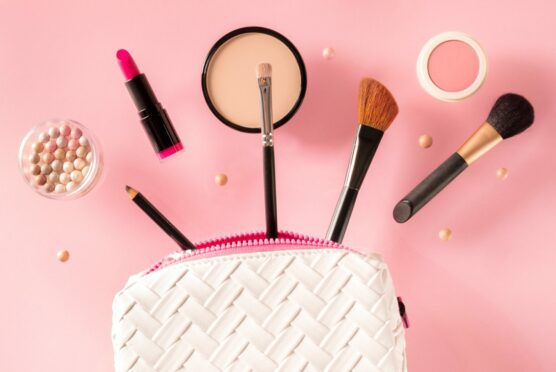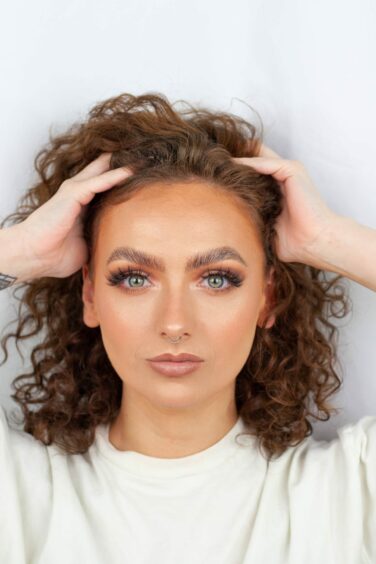
We spend hours cleaning our homes but many of us fail to realise we should be regularly sprucing up our make-up bags as well.
And make-up artist Saffron Hughes says we could be putting ourselves at risk of illness and infection by failing to take account of the germs lurking in our beauty tools and products.
Hughes, from FalseEyelashes.co.uk, shares her insight into make-up hygiene after collaborating with dermatology specialist Mehmet Göker. From make-up brushes to tan mitts, the pair uncover nine beauty gems that need TLC, and how to keep them sparkling…
Tidy those tools
“Fake tan mitts should be washed after each use,” said Hughes. “Soak and handwash with washing powder or softener, or put into the washing machine.
“Your make-up brushes should be sanitised at least once a week. Use isopropyl alcohol – leave your brushes to fully dry before use and, if necessary, rinse away excess alcohol. Make-up sponges should also be cleaned regularly. Use sponge cleanser or a bar of soap or baby shampoo/oil.”
Banish bacteria
It’s not just the tools we need to take care of. We should deep-clean our products too. Make-up packaging should be cleaned with a disinfectant wipe every month, as should mascara wands. False eyelashes should be cleaned with a cleaning kit. And pencil products should be sharpened and wiped often, she said.
“Make-up brushes and sponges are the most likely to harbour germs, dirt and bacteria,” said Hughes, “because they store a combination of your leftover make-up, skin cells, skin oils and any other dirt, which can lead them to harbour bacteria. For best hygiene, and to avoid cross-contamination, never share beauty products with others.”
Hidden risks
Dermatology specialist Göker says bacteria that can accumulate on brushes and products include staphylococcus and e-coli.
“Staphylococcus aureus is commonly found on 30% of people’s skin and causes skin infections,” said Göker.
“These viruses can last anywhere from a few seconds to a few days on surfaces. Flu viruses can survive in the air for several hours, especially at lower temperatures, and on hard surfaces such as beauty products or where you store your make-up can survive and remain infectious for 24 hours.
“If you are only using your brushes on yourself then give them a good clean twice a week. If you suffer from skin breakouts, have any cuts or grazes, or have an eye infection then you must clean your brushes every day.”

Enjoy the convenience of having The Sunday Post delivered as a digital ePaper straight to your smartphone, tablet or computer.
Subscribe for only £5.49 a month and enjoy all the benefits of the printed paper as a digital replica.
Subscribe